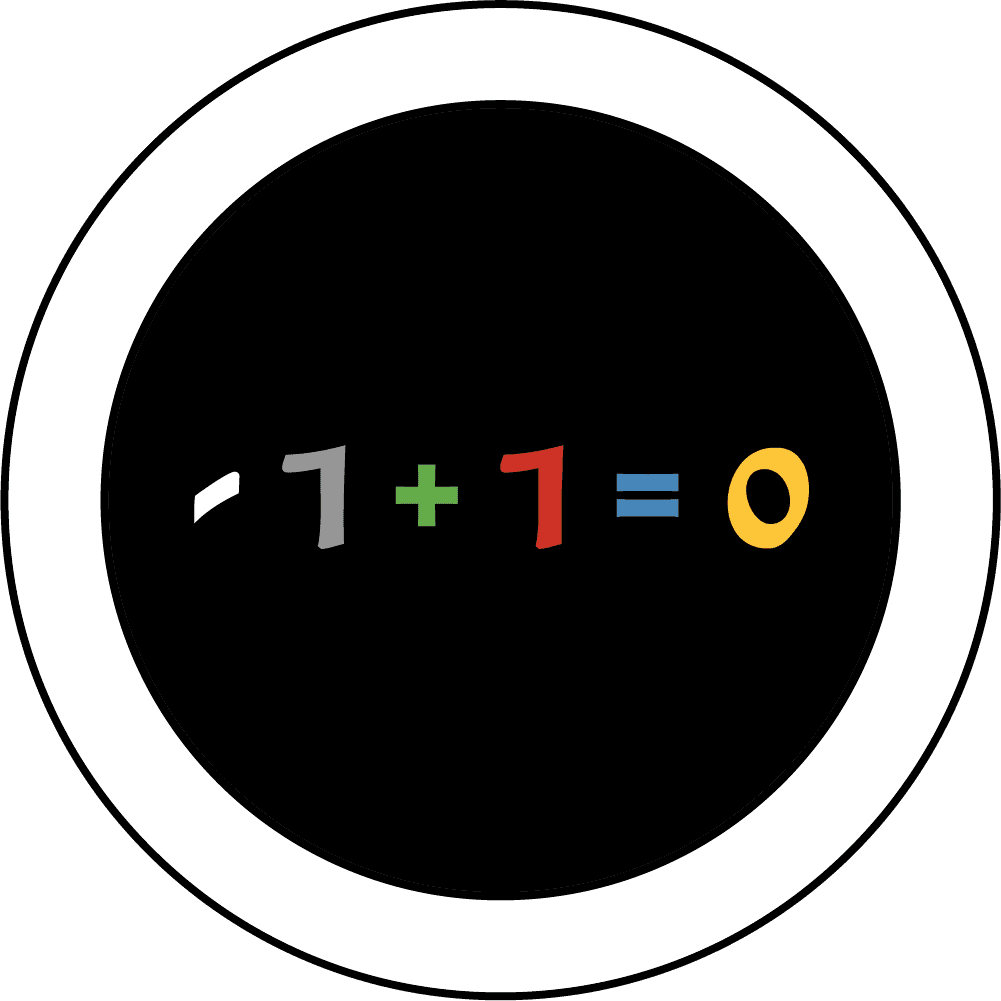The Radical Mathematical Humanistic Equation (RMH) is a UTOK concept that connects mathematical truth with humanistic values. By linking Euler’s Identity with the Henriques Equivalency, it serves as a metaphysical gateway to unite objective and subjective realities within UTOK's framework.
Introduction
The Radical Mathematical Humanistic Equation (RMH) is a foundational concept within the Unified Theory of Knowledge (UTOK), residing at the pinnacle of the UTOK Seed in the Garden of UTOK. The Seed is a "wisdom energy powerhouse" in UTOK’s mythopoetic structure, symbolizing the generation and channeling of wisdom. Positioned within this metaphorical framework, the RMH represents a profound intersection of mathematics, humanistic thought, metaphysical inquiry, and subjective experience.
The RMH equation is an attempt to create a linkage between deductive mathematical truth and subjective, metaphysical beauty. It does so by combining two elements:
The Euler Identity, a famous and objectively true mathematical equation celebrated for its elegance and simplicity.
The Henriques Equivalency, given as 2πif = 1, which serves as a conceptual equation linking human subjectivity (the knower) to the mathematical structures underlying reality.
Together, these two elements form the basis of the RMH equation, which UTOK uses as a metaphysical gateway into its broader system of knowledge, particularly connecting the scientific and humanistic aspects of human understanding.
Breaking Down the Components:
The Euler Identity
The Euler Identity, often referred to as one of the most beautiful mathematical equations, is expressed as:
eiπ+1=0e^{i\pi} + 1 = 0eiπ+1=0
This equation links five of the most fundamental constants in mathematics: the numbers eee (Euler’s number, the base of natural logarithms), iii (the imaginary unit), π\piπ (the ratio of a circle’s circumference to its diameter), 1, and 0. Mathematically, it is true through deductive logic, proven in 1748 by Leonhard Euler.
The Euler Identity is regarded as both objectively true and objectively beautiful. Mathematicians consistently rate it as the most beautiful equation because it unites numbers and constants from different branches of mathematics into a single elegant expression. It symbolizes the harmony and coherence that can emerge from seemingly unrelated parts of mathematics.
The Henriques Equivalency
The Henriques Equivalency, given by the formula 2πif = 1, is less about strict mathematical truth and more about metaphysical association. Derived from a connection between the Planck-Einstein relation and quantum mechanics, this equivalency represents an idealized situation where the behavior of a photon’s frequency can be linked to a metaphysical understanding of the observer and the observed.
While the Henriques Equivalency may not carry the same strict mathematical force as the Euler Identity, it serves as a conceptual bridge between scientific inquiry and subjective human experience. It expresses a state in which ontic reality (the fundamental energy of the universe) aligns perfectly with epistemic knowledge (the information gained by an observer). In this sense, the Henriques Equivalency symbolizes the unity of the knower and the known, bridging metaphysics and physics.
The Link Between Objective and Subjective Beauty:
The RMH equation exists at the intersection of objective beauty (as seen in the Euler Identity) and subjective beauty (as expressed in the Henriques Equivalency). By combining these two elements, UTOK constructs a metaphysical equation that embodies the tension and interplay between the objective structures of reality and the subjective experience of those structures by conscious beings.
Mathematics, typically seen as cold and detached, is here placed in conversation with humanistic inquiry, highlighting that the same principles governing the physical universe may also guide our understanding of meaning, purpose, and beauty in life. The RMH equation therefore becomes a metaphor for the integration of knowledge across domains, showing how scientific knowledge (objective) and personal wisdom (subjective) can be brought into a coherent relationship.
Adjacent Associative Identities:
UTOK’s framework often uses adjacent associative identities, which are links between seemingly unrelated domains that create new ways of thinking. In the RMH equation, the adjacent associative identity is formed by linking:
The Euler Identity as a deductive, objective truth.
The Henriques Equivalency as a fuzzy, subjective identity representing human experience.
These identities allow for a new kind of coherence between the realms of mathematics, philosophy, quantum mechanics, and subjective human consciousness. In this way, the RMH equation serves as a gateway that invites individuals to explore how knowledge can be integrated across these diverse fields.
The Role of RMH in UTOK:
The Radical Mathematical Humanistic Equation is a key component of the iQuad Coin, which represents the Human Identity Function within the broader UTOK system. The iQuad Coin bridges the divide between objective knowledge (as seen in the sciences) and subjective experience (as understood through human consciousness).
The RMH equation, along with the iQuad Coin, provides a framework for mapping human identity in relation to the broader universe. It allows for the integration of scientific, mathematical, and philosophical knowledge into a coherent system that not only addresses the behavior of the external world but also speaks to the inner workings of the human psyche.
Conclusion:
The Radical Mathematical Humanistic Equation ultimately represents UTOK’s commitment to creating a bridge between objective scientific knowledge and subjective human experience, positioning itself as a crucial piece in the puzzle of how humans can understand both the universe and themselves in a unified, coherent way.





